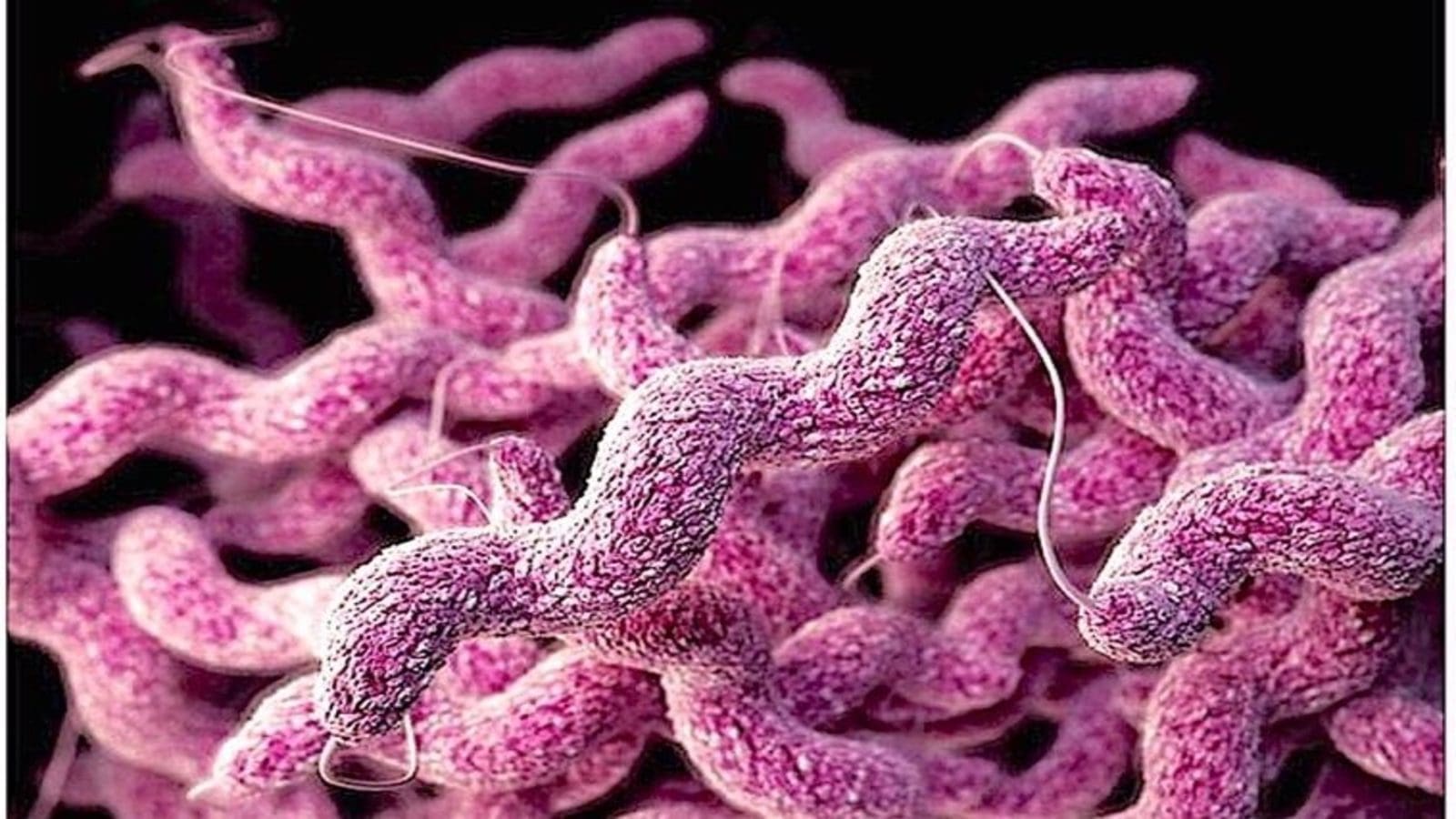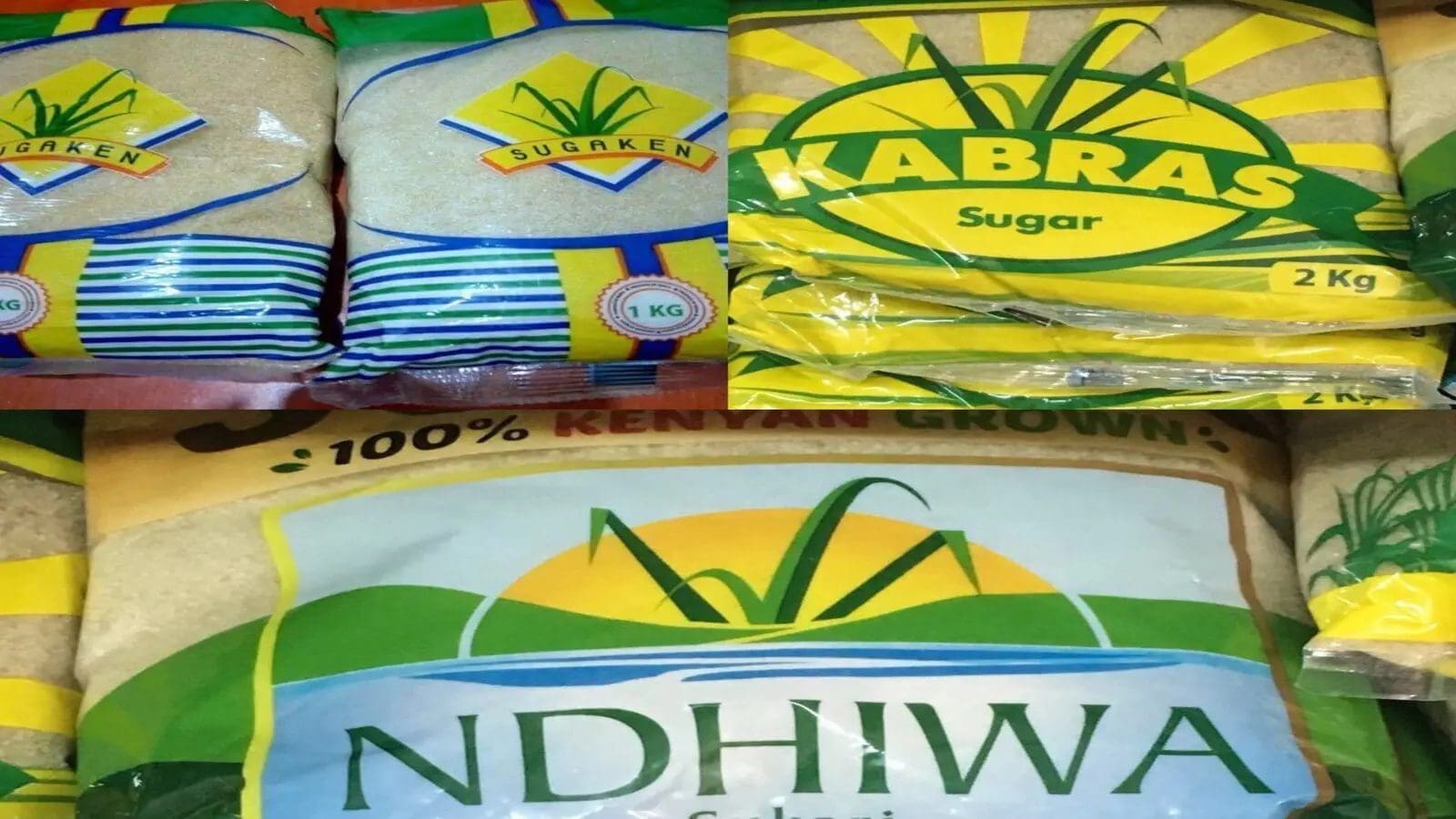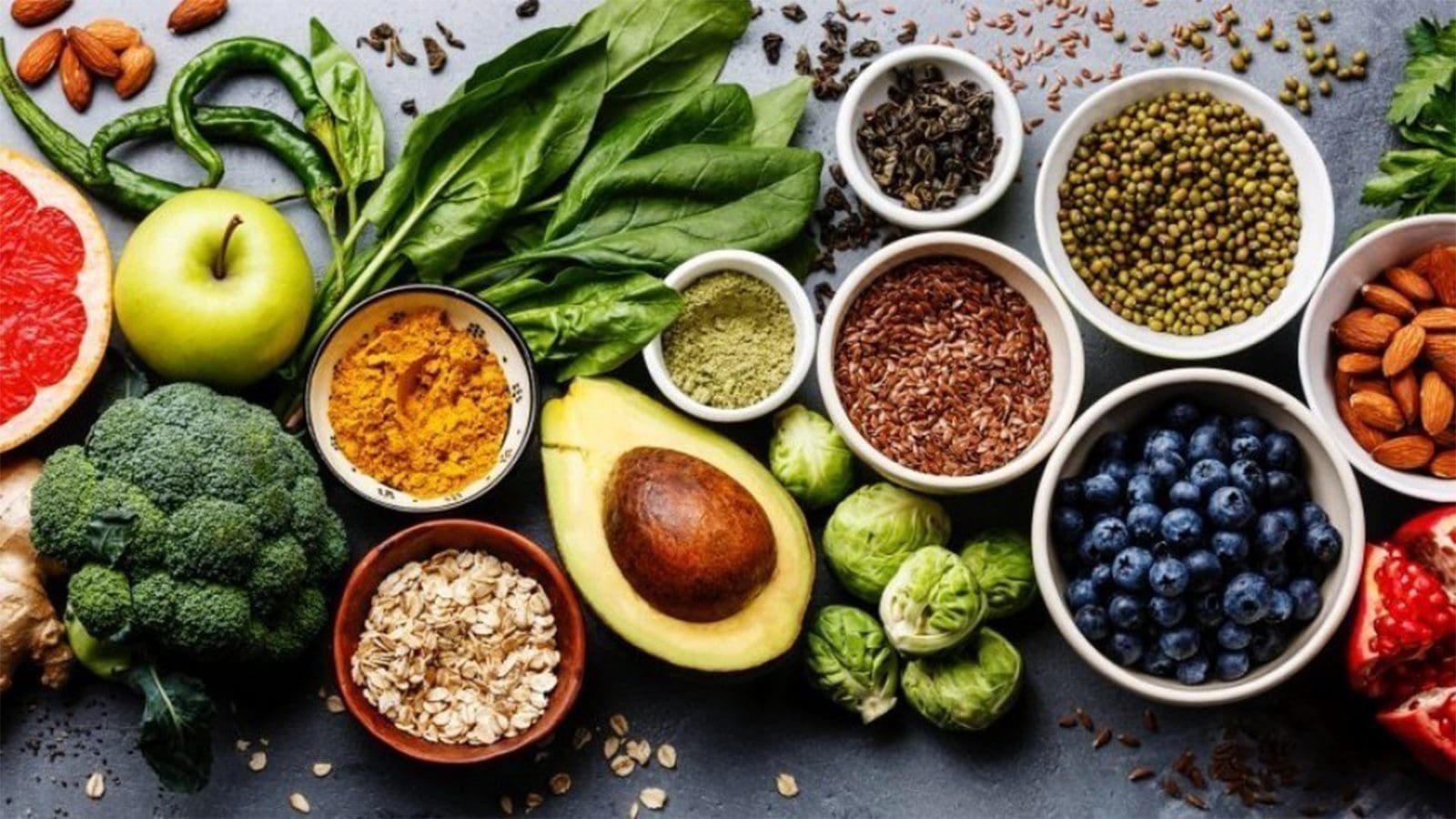U.S – The Interagency Food Safety Analytics Collaboration (IFSAC) has identified 4,183 outbreaks that occurred from 1998 through 2019 and that were confirmed or suspected to be caused by Salmonella, E. coli O157, Listeria or Campylobacter, including 198 outbreaks that were confirmed or suspected to be caused by multiple pathogens or serotypes.
IFSAC is a tri-agency group created by the Centers for Disease Control and Prevention (CDC), the U.S. Food and Drug Administration (FDA), and the U.S. Department of Agriculture’s Food Safety and Inspection Service (USDA-FSIS), to improve data and methods used to estimate foodborne illness source attribution and provide timely estimates of the food sources of four priority foodborne pathogens.
IFSAC developed a method to estimate the percentages of foodborne illness attributed to certain sources using outbreak data from 1998 through the most recent year for four priority pathogens, Salmonella, Escherichia coli O157, Listeria monocytogenes and Campylobacter.
The study excluded 89 outbreaks according to its pathogen exclusion criteria, leaving 4,094 outbreaks. It further excluded 1,665 outbreaks without a confirmed or suspected implicated food, 893 outbreaks for which the food vehicle could not be assigned to one of the 17 food categories and four that occurred in a U.S. territory.
The resulting dataset included 1,532 outbreaks in which the confirmed or suspected implicated food or foods could be assigned to a single food category with 943 caused or suspected to be caused by Salmonella, 269 by E. coli O157, 51 by Listeria and 269 by Campylobacter. These include 51 outbreaks caused by multiple serotypes of Salmonella (43) and multiple species of Campylobacter (8).
Due to down-weighting, the last five years of outbreaks provide the majority of information for the estimates. Outbreaks from 2015 through 2019 provide 73% of model-estimated illnesses used to calculate attribution for Salmonella, 65% for E. coli O157, 62% for Listeria and 56% for Campylobacter.
Estimated Salmonella illnesses were more evenly distributed across food categories than illnesses from Campylobacter, E. coli O157 and Listeria; most of the illnesses for the latter pathogens were attributed to one or two food categories.
Over 75% of illnesses were attributed to seven food categories namely chicken, fruits, pork, seeded vegetables such as tomatoes, other produce such as fungi, herbs, nuts and root vegetables, turkey and eggs.
The attribution of Salmonella illnesses to multiple food categories suggests that interventions designed to reduce illnesses from Salmonella need to target a variety of food categories. In contrast, the majority of E. coli O157 illnesses were attributed to vegetable row crops and Beef (75%). These data suggest that interventions for E. coli O157 focusing on these two food categories may be most effective in reducing illnesses.
As with E. coli O157, most Listeria illnesses were also attributed to two food categories, i.e., dairy and fruits. Although the limited number of outbreaks and wide credibility intervals dictate caution in interpreting the attribution percentage for dairy, the risk to pregnant women and persons with weakened immune systems of consuming soft cheese made from unpasteurized milk or in unsanitary conditions is well-recognized, and outbreaks from fruits have been observed in recent years.
IFSAC’s work to provide a harmonized analytic approach for estimating foodborne illness source attribution from outbreak data can provide consistency in the use and interpretation of estimates across public health and regulatory agencies. As more data become available and methods evolve, attribution estimates will improve.
Annual updates to these estimates will enhance IFSAC’s efforts to inform and engage stakeholders, and further their ability to assess whether prevention-oriented measures are working.
Liked this article? Subscribe to Food Safety Africa News, our regular email newsletters with the latest news insights from Africa and the World’s food safety, quality and compliance. SUBSCRIBE HERE








